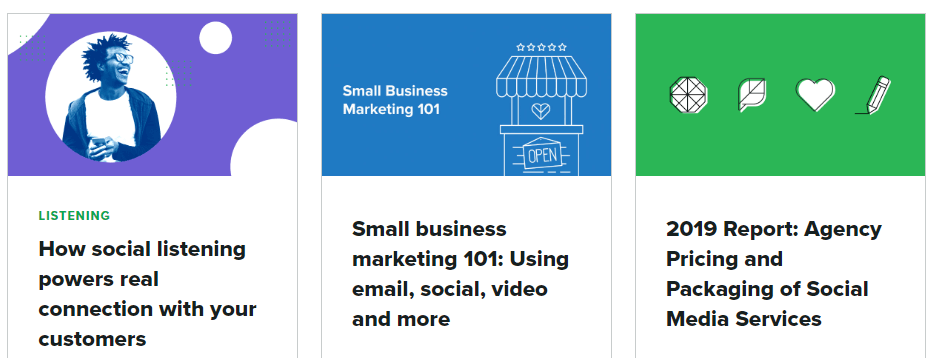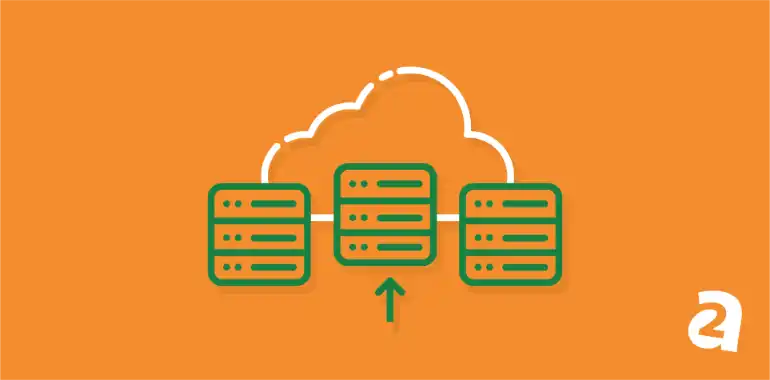- Jun 27, 2019
 0
0- by A2 Marketing Team
Not all blogs are made the same – some are just for fun, others target regular visitors, and a few of them are all about businesses. That last type of blog falls into what is called the Business-to-Business (B2B) category. Their goal tends to be about collecting leads and maximizing profits.
By targeting businesses over ‘regular’ users, you can get access to a clientele with more resources and a pressing need for solutions. If you can engage with them through your content and help provide those solutions by blogging, you can grow your own enterprise.
In this article, we’ll take a look at what B2B blogging is and how it’s different from other types of content websites. Then we’ll go over three tips to help you create engaging B2B content for your blog. Let’s get to work!
What B2B Blogging Involves
Usually, when people think about blogging, they imagine a plucky young writer whose audience is mostly millennials. In reality, however, it’s usually businesses that tend to put the most effort into their blogs.
Take Sprout Social, for example – it’s known for its social management software, but it also runs a top-notch blog about marketing. If you look at the headlines, you’ll notice that its target audience is made up mostly of professionals and other businesses:

Compare that with, The Simple Dollar, for example, which is a blog that’s all about finance tips for beginners:

The Simple Dollar happens to be a fantastic blog, but the main takeaway here is that blogging needn’t be all about targeting ‘regular’ users. In fact, B2B blogging happens to be an incredibly effective marketing technique. Businesses that engage in blogging as a part of their marketing strategies tend to collect about 67% more leads than those that don’t.
Look at it this way: If there’s another business looking for a solution to a specific problem and your blog happens to provide it, then you’ve already started building trust. Those same businesses are then more likely to spend money on your services, since they have pressing needs and you’ve already proven your value.
The Differences Between B2B, B2C, and Personal Blogs
Broadly speaking, blogs can be broken down into three categories based on the types of users they target. We’ve already covered B2B blogs, so let’s talk about the other two categories:
- B2C blogs. This type of blog is all about speaking to ‘regular’ types of users within a specific community. The Simple Dollar, which we mentioned during the last section, would be a perfect example of a B2C blog.
- Personal blogs. With this type of blog, you’re usually just writing for fun, about whichever topic strikes your fancy. In some cases you might still be able to monetize a personal blog, but it’s not the primary goal.
On top of targeting other businesses, B2B blogs also tend to be far more focused on lead collection and increasing profits. A B2C blog, on the other hand, may have a less revenue-oriented goal set.
3 Tips for Create Engaging B2B Blog Content
Since B2B blogs target a very specific type of user, it’s important to tailor your content effectively in order to maximize engagement. Let’s go over some tips to help you get it right.
1. Identify Your Target Customers
If you want to build a marketing strategy around a specific audience, you need to know exactly who they are and what they need. Here are two examples of target customer personas for B2B blogs:
- Team leaders. People who are in charge of multiple employees often need help developing effective management strategies. B2B blogs can help them by recommending solutions, providing tips, and more.
- Purchasing managers. The people in charge of buying services and tools for businesses are your ideal customers. If you can convince them that your business is a good fit to their needs, then you’re on track to increase revenue.
Your target customer persona can and should be more specific, of course. Who they are will depend on what type of service your business provides and what its price point is. If you’re struggling with this step, one way you can narrow down your target customer is to take a look at what your direct competitors are already doing – let’s talk about how to do that.
2. Monitor Your Competitors
If you’ve been in business for a while, you probably have a good idea of who your direct competitors are. In particular, this includes other companies that provide similar services and products within the same geographical range.
Ideally, you’ll keep tabs on what these competitors are doing, to make sure you stay ahead of them in everything from the quality of your services to how they’re tackling B2B blogging. If you have direct competitors that run blogs for their businesses, you’ll want to look at what types of topics they’re covering and how well they’re doing it.
The idea here is not to steal content or ideas, however. Instead, what you should be doing is trying to ‘one-up’ them in terms of content quality. One excellent method for doing this is by using the Skyscraper Technique to put together better researched, more thorough content. If you can achieve that, your blog should get more attention and search engine traffic, which in turn may lead to increased conversions.
3. Stay on Top of Business Trends
Taking a look at what your competitors are doing isn’t enough to build a successful B2B blog. To stay ahead of the pack, you need to keep your finger on the latest business trends, so you can publish content geared around them.
Think of it from a Search Engine Optimization (SEO) perspective – if you’re the first to write about a topic there’s budding interest around, you’re more likely to dominate the Search Engine Results Pages (SERPs). That translates directly to more traffic. Then, once you have eyes on your website, it’s up to you to transform them into leads and conversions.
Since you’re already running a business, chances are you keep tabs on what’s going on in your field. If you don’t, now is the time to start, so go ahead and subscribe to some newsletters, monitor search engine queries, go to local events, and whatever else you can think of. Once you notice that a specific topic is gaining traction in your field, your goal is to jump on it as soon as possible and start creating relevant content.
Conclusion
Blogging is one of the most powerful marketing strategies for collecting B2B leads. In fact, a lot more businesses than you might imagine spend time building up their blogs. With a strong content strategy, other businesses will have an easier time finding you. Moreover, blogging is a great way to show off your expertise.
Of course, for that to work, you’ll need to create engaging B2B content. Here are some tips to set you on the right track:
- Identify your target customers.
- Monitor your competitors.
- Research business trends.
Image credit: Pixabay.












